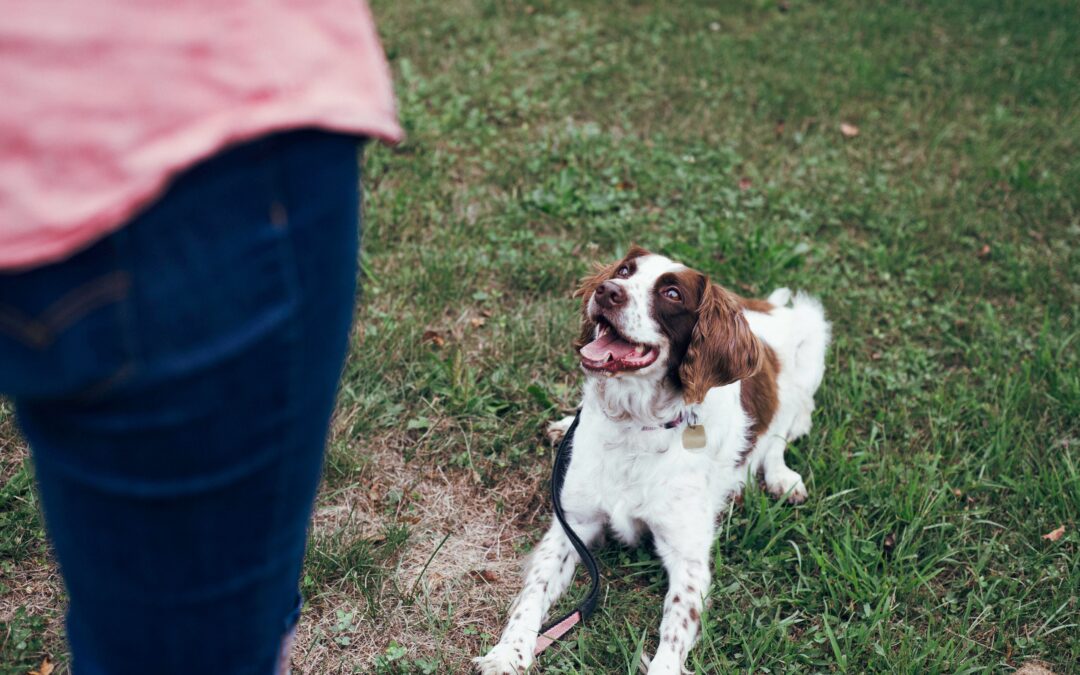Your dog’s personality plays a huge role in what you can realistically accomplish when teaching them obedience, especially if they are showing signs of having what people consider a poor temperament or attitude. In over 20 years of breeding my own Bull Terriers, I have found that actually changing the core of who the dog is to be next to impossible. Modifying or managing the undesirable behavior is more realistic when it comes to problem behaviors that I didn’t quite want. There is a huge difference between obedience training and behavior modification training. Your dog’s temperament plays the most significant role in what your success rate will look like.
So, what is a poor temperament in a dog? Depends on who you ask, quite frankly. In the last 10 years of my business, I have seen a concerning and significant change in how dogs are being viewed by society. Dogs are now our “fur babies” and “doggos.” We place an awful lot of importance on them being able to go to a dog park and run wild with a pack of 50 dogs without raising lip to any of them. When a dog fires off on another dog, owners often rush to apologize or correct the dog and get embarrassed by their dog’s behavior. I believe that we are moving in the direction of removing what makes a dog a dog and replacing those traits with them being BFFs, not dogs.
In my opinion, a bad or poor temperament in a dog is human aggression: A dog that will bite a human easily and freely with little to no provocation. This is not the dog that resources guards, is leash-aggressive or reactive, or doesn’t want to go to dog beach and get chased by an overstimulated pack of loose dogs. All of those behaviors are what I consider to be normal dog behaviors. Are they desirable behaviors? No, of course not. It is much easier on the human and dog to be able to go for a nice walk without worrying about your dog lunging at other dogs. However, if your dog does do those things, it does not mean that it has a poor temperament.
What you can train away or alter in the form of behavior management or modification will depend on your dog’s inner personality and, quite frankly, the owner’s level of commitment to the training program. I am very honest with owners when I meet with them and their dog about what is in store for them and the likelihood of success. For example, I meet with so many owners who have a dog that simply does not like other dogs. Their dream of their dog being able to go play with other dogs or be loose with them is not realistic. In my experience, I can not think of one dog that I have met that simply learns to like other dogs, even over the course of years of training. They can learn to tolerate them, maybe, but liking is out of the question. It is more realistic to set the goal to show the dog how to ignore other dogs when out on a walk, instead of going ballistic when seeing another dog.
So while I do not think you can ever change the core of who a dog is, you can, most of the time, teach a dog to react better in most environments or at least modify their reactions. Some of the best dogs I have ever worked with didn’t really care if they ever met another dog in their lives, yet were wonderful, fun and loyal dogs with their families. My philosophy on having a dog is that it comes down to what you are willing to live with and what makes you happy!
If you have any questions, please email me at heidi@fouronthefloordogtraining.net.
Heidi Clayton started Four On the Floor Dog Training to provide positive, reward-based dog training in South Jersey. She breeds, trains and shows bull terriers under the SoraBully’s Bull Terriers kennel name. Email questions to heidi@fouronthefloordogtraining.net or learn more at https://fouronthefloordogtraining.net

















